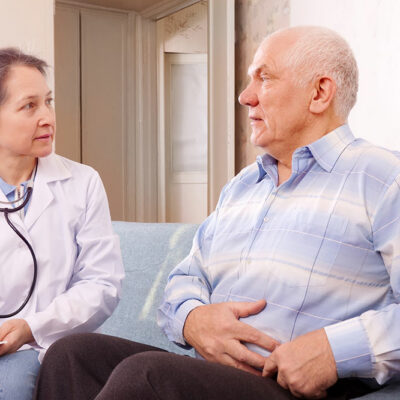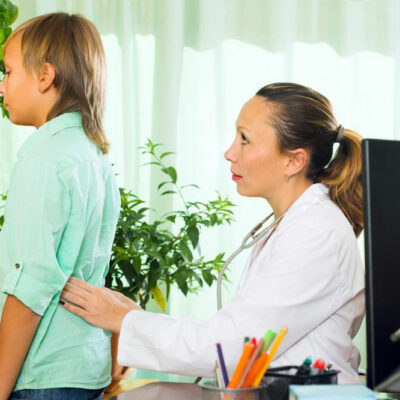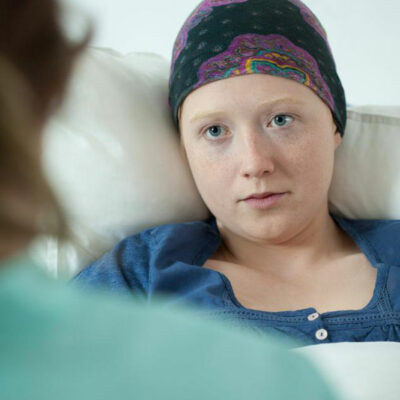
Health
Common Triggers of Asthma and Allergies
It has now become extremely important to be aware of the types and main triggers of asthma and allergies. If you are susceptible to such conditions or looking out for someone that you care, the following information will help you keep a close check on them and help prevent unwanted complications. Types of asthma Asthma might sound like a generic health problem related to breathing issues. However, there are different types of asthma that affect people. A few are listed below: Allergic asthma: This type of asthma is related to allergies. Patients often show symptoms after coming in contact with allergens. Occupational asthma: People who work in different kinds of workplaces can also develop asthma due to exposure to chemicals, smoke, or dust present in the air. Exercise-induced asthma: Exercise helps to live a healthy life, but this type of asthma can be triggered after doing a few minutes of workout in a cold or dry area. Adult-onset asthma: Not every asthmatic patient develops the symptoms during childhood. This type of asthma can also be confused with a heart or other respiratory disease. Nocturnal asthma: Like the name suggests, this type of asthma becomes worse during night. People with nocturnal asthma may not show any symptoms during daytime.
Read More 















